At the end of last year, the UK government announced that the hunt was on for new National Park locations. But the National Parks we already have are in trouble, so what’s the most sensible next step?
The craggy heights of the Scafell range, the gargantuan sweeping moorland of the Cairngorms, the turquoise waters of Pembrokeshire… the UK’s National Parks are some of our most beautiful places. And we’re set to get more.
Scotland has already opened the nomination process for a new National Park, asking communities and organisations to pitch their places. Wales is considering a new one along the north-east of the country, neighbouring Eryri and sweeping over the Clwydian hills and Dee Valley. And Westminster announced at the end of last year that the hunt was on for a new National Park in England as well. Natural England has been tasked with selecting somewhere that is both naturally beautiful and has the potential to connect a lot of people with nature.
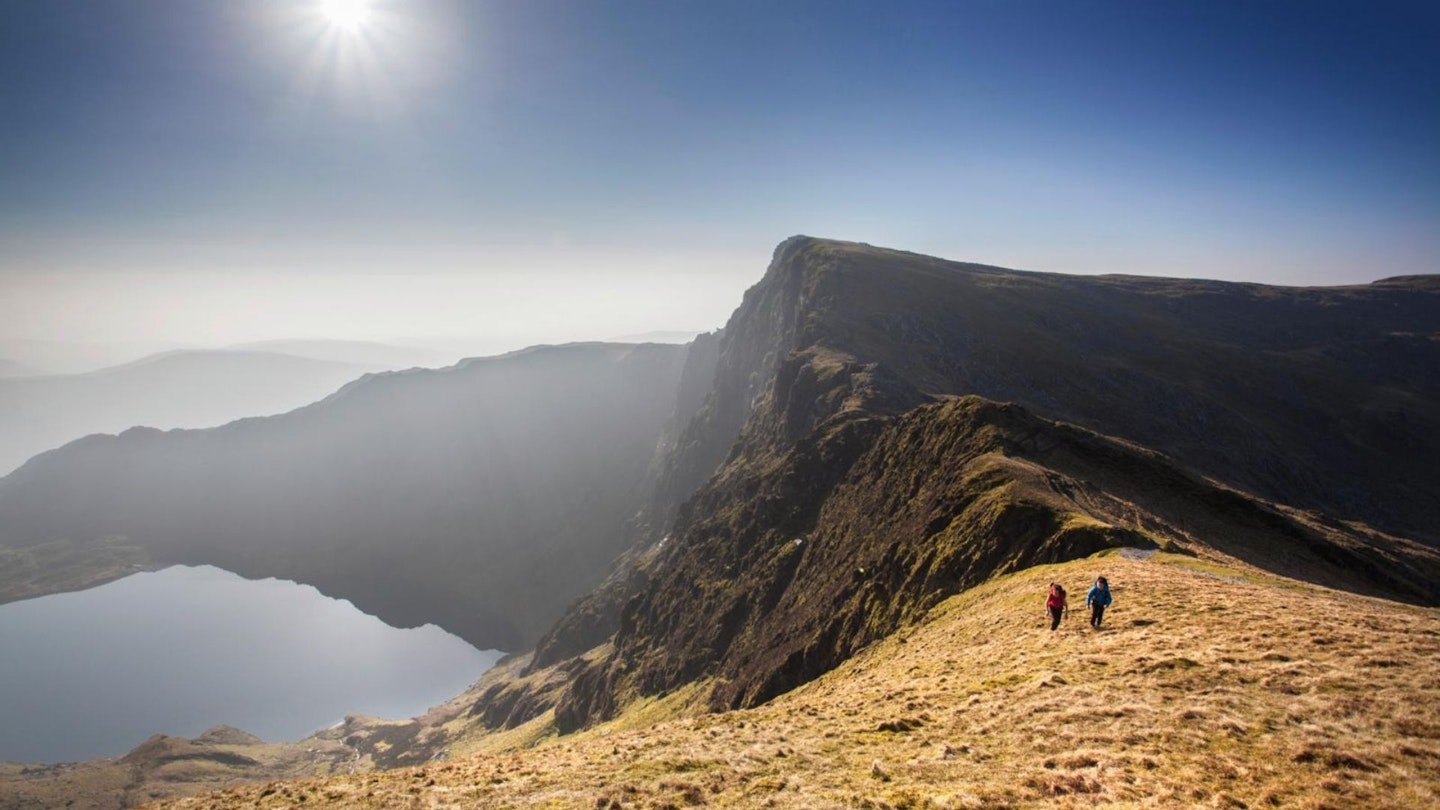
That sounds like great news. Surely a new National Park is a brilliant thing. But reception to the idea in England has been somewhat lukewarm. In Wales, some are outright against it. Why is that?
It might be partly because most of us are unclear about what a National Park actually is, apart from a solid bet for a holiday destination and a probably very beautiful, rural place. And it might be because our National Parks are struggling, and have been for some time.
“A NEW NATIONAL PARK COULD BE GREAT, BUT NOT IF IT MEANS EXISTING FUNDING IS DIVIDED EVEN FURTHER”

What is a National Park anyway?
Let’s get the most obvious bit out of the way and clarify what a National Park is. It’s important to say that it’s not the same as in Yosemite, the Pyrenees or Zambezi. That’s because any country can call an area of land a National Park, but to qualify as a National Park as the World Conservation Union (IUCN) sees it, you have to meet certain criteria and the UK’s National Parks do not.
An IUCN National Park is the second highest level of protection an area of land can have (the only areas above it are wilderness reserves and strict nature reserves). But the UK’s National Parks were Category V protected landscapes – the second lowest level of nature protection – places that have been significantly altered by human activity. Think of how the Lake District has been shaped by sheep farming.
A UK National Park is essentially a beautiful rural (note, not necessarily wild) place with planning undertaken by the National Park Authority (NPA) rather than the local council. The NPA’s remit is to protect and enhance its natural beauty, wildlife and culture and to promote its enjoyment and understanding. National Parks are still largely privately owned, largely farmed and not necessarily that great for wildlife. But they are gorgeous areas of open land where one can walk freely. Well, at least somewhat.
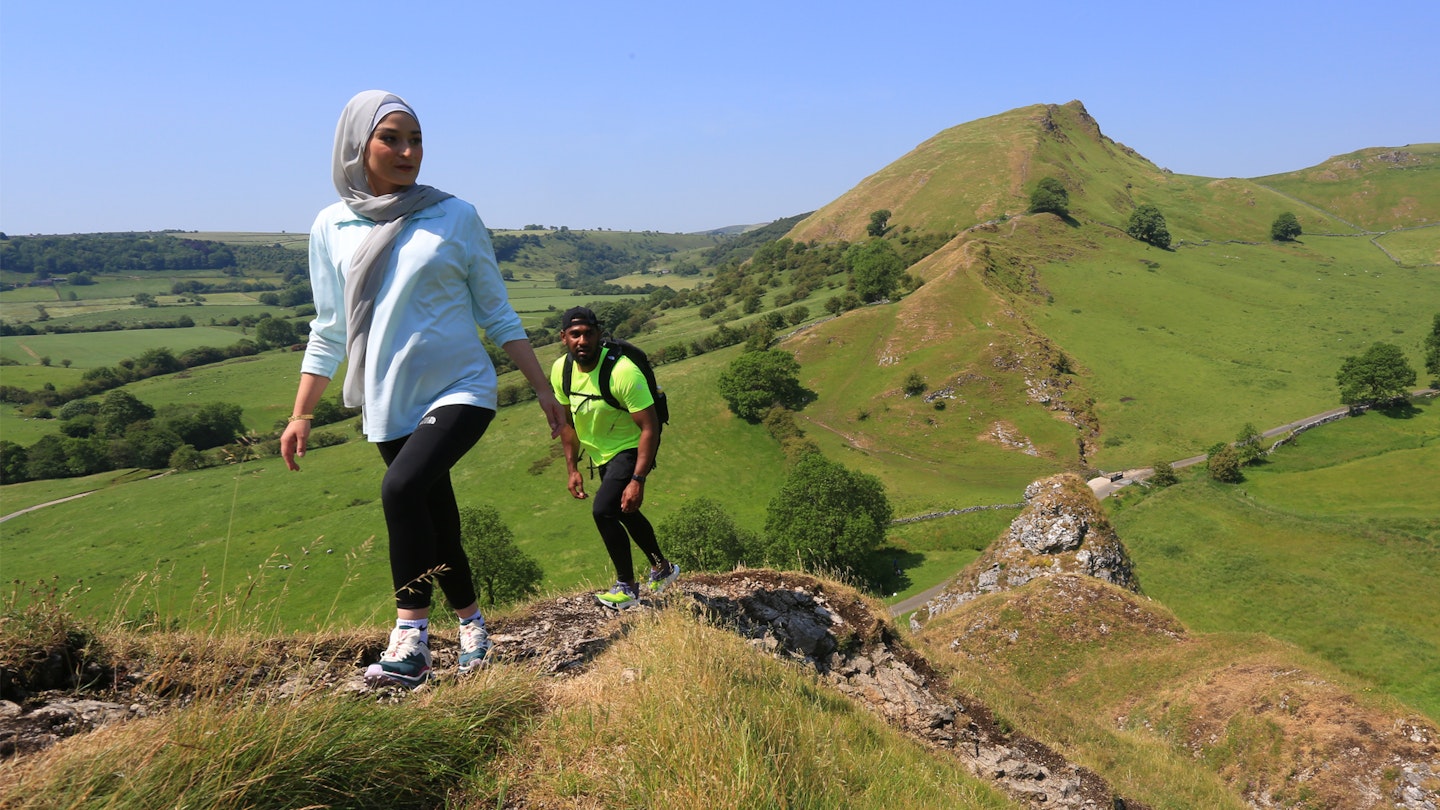
What’s wrong with the UK's National Parks?
One of the big issues that National Parks face is the same as many government-funded initiatives: money. The Lake District is only 58km (36 miles) across and 64km (40 miles) north to south. You could walk across it in two good days. Yet 39,000 people live there and roughly 18 million people or more visit every year. This little parcel of glorious fells is the ground for the competing demands of tourism, local communities, conservation and farming – to name only the big ones.
“LAST DECEMBER ALL OF THE UK’S NATIONAL PARKS WERE DOWNGRADED, AS THEY DIDN’T MEET THE CRITERIA FOR A PROTECTED AREA”
Ideally, that would mean that, at the very least, there is adequate management of things like visitor numbers and litter – lots of bins and lots of rangers – but many of them can’t afford to continue with even basic frontline services. In 2022, the Campaign for National Parks reported that funding had fallen by 40% in real terms over the previous decade. Northumberland NPA considered cutting ranger services, footpath maintenance, visitor centres and nature restoration projects. Dartmoor NPA faced similar considerations. National Parks have been struggling financially at the same time, due to the pandemic, as they’ve been dealing with a huge increase in visitor numbers.
A new National Park could be great but not if it means that the existing funding that there is for National Parks is divided even further. Kate Ashbrook, General Secretary of the Open Spaces Society says: “Our worry is that Natural England hasn’t been given the resources for this very important work. A new National Park would be a wonderful thing but there must be more money for protected landscapes. It’s no good designating a new park and then cutting the pie even thinner for everybody else. There are lots of figures out there showing that nature is poor and access isn’t as good as it could be, so there’s an awful lot to do.”

Lack of access inside Parks
On the matter of access, this news comes in the same year that Dartmoor NP saw access curtailed by a lawsuit brought by a private landowner effectively banning wild camping (the ruling was overturned but is being brought to the Supreme Court and is at risk again). It’s an example of how vulnerable National Parks can be to landowners – rights of way are secure but no more or less so than they are outside of the park.
There’s the idea that National Parks are places for the public but in England and Wales that’s only true to a certain percentage point. Reports from the Campaign for National Parks showed that only 10% of the Pembrokeshire coast land was open to the public and only 36% of land in the Peak District. In Scotland, of course, the Right to Responsible Access extends across the entire country.
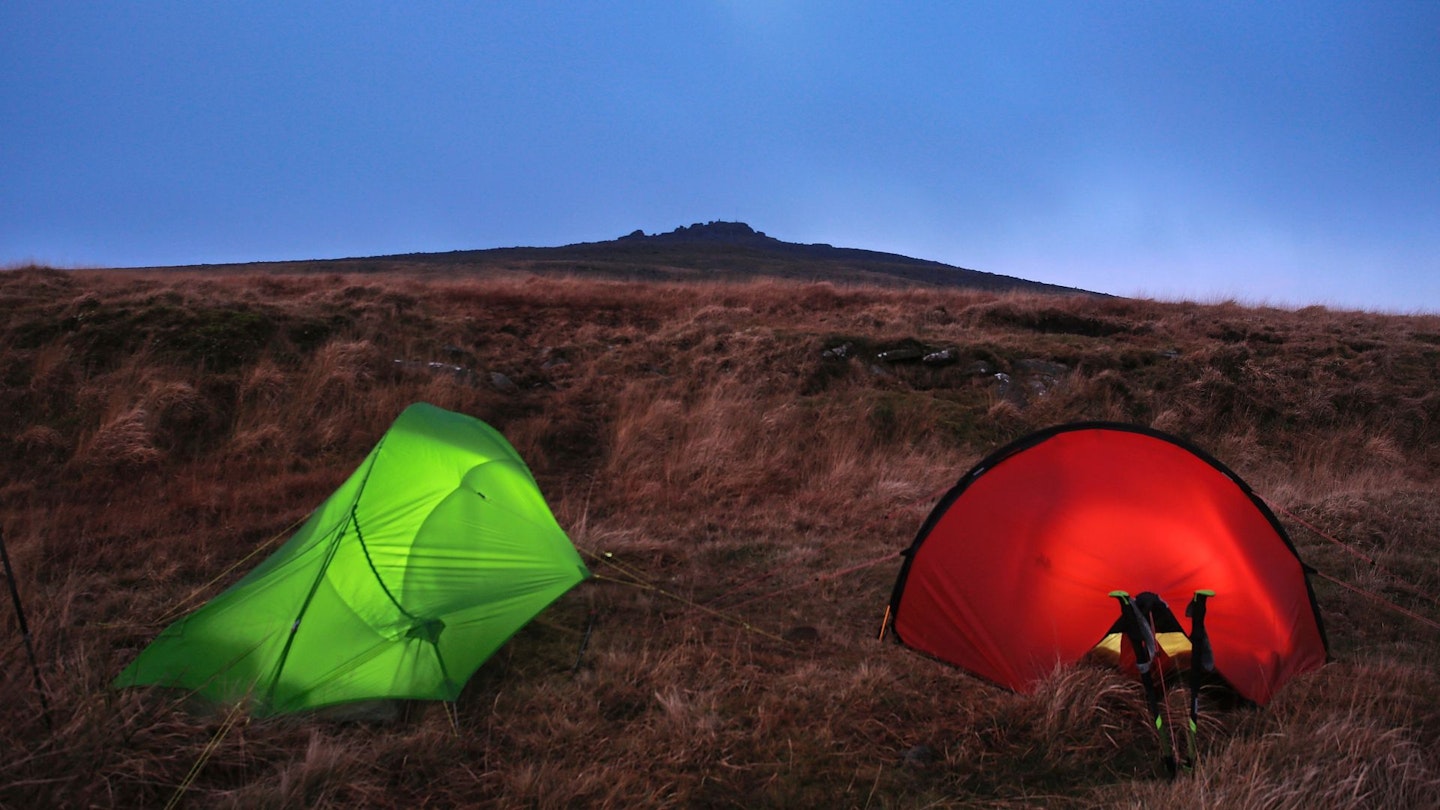
Parks need more power
As well as financial constraints, NPAs also have relatively little power. Most of the land inside a National Park is privately owned and obliged to turn a profit. Much of it is also agricultural land which is not subject to planning controls. It’s hard to manage an area with a consistent vision when you don’t have very much money or very much power.
This might also help to explain why projects such as oil drilling within the South Downs NP have been allowed to take place. Or why the Upper Derwent Valley in the Peak District was very nearly flooded out to make a new reservoir. Or why residents of Langdale in the Lakes have been engaged in a campaign against a theme park outside of the village.
It’s hardly surprising then, that the IUCN, last December, downgraded all of the UK’s National Parks, stating that they did not meet the criteria for a protected area. They could find no evidence that nature fared any better within National Parks than outside them. On the contrary, reports from 2020 showed that nature actually tended to do better outside.
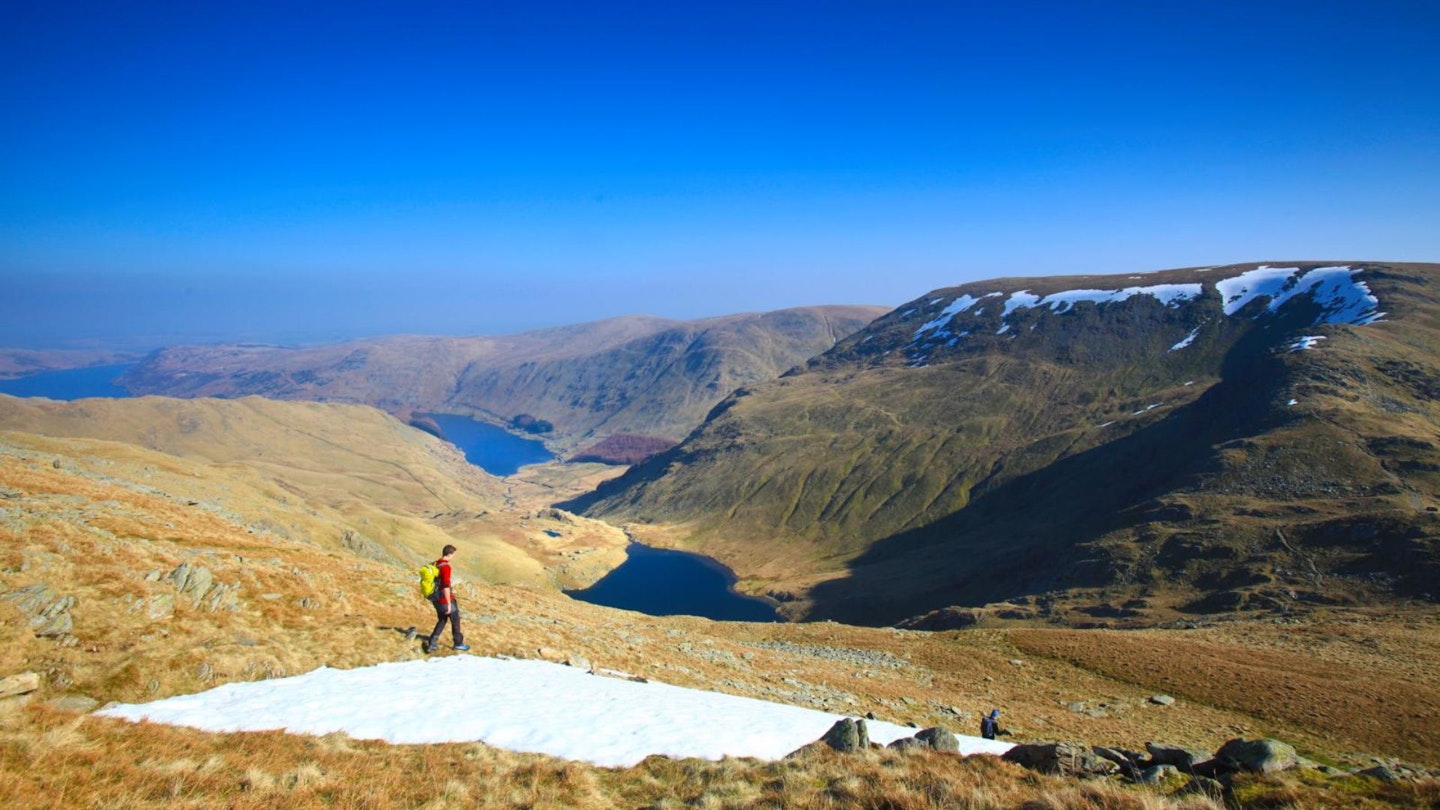
Lee Schofield, author of Wild Fell and RSPB Senior Site Manager for Haweswater in the Lake District explains: “The reasons that nature is doing poorly in Parks are multiple and complex, and lack of funding is one of them, but actually it’s mostly down to the fact that the original purpose of National Parks is not primarily for wildlife. They’re designated for their beauty, their cultural heritage and nature. And those three things don’t necessarily complement each other.
“There’s been great ambition. The last version of the Lake District National Park plan had all sorts of language about species reintroductions, nature recovery, etc. But there’s very little that they have the power to actually deliver.”
Locals priced out
And then there’s the effect on the people in the future National Park, who would likely see a boom in visitors and a jump in house prices. A report by Nationwide last year suggested being in a National Park added a 25% premium to property prices. That’s a windfall for property owners but for people already struggling to buy a home, it puts the notion completely out of reach.
Businesses in existing National Parks have already faced staffing shortages because people have been unable to find affordable accommodation. These are some of the reasons that residents in Wales have opposed a new Park in their area.
But there is hope for National Parks...
“The suggestion that we need another National Park feels like an attention-grabbing headline,” says Lee. “Unless there is fundamental reform in what National Parks are actually for and funded to do, it’s not going to make any material difference to the state of nature.”
Big flagship projects are tempting. They look glamorous, they make a big news piece. It’s something politicians can point at and say, ‘Look! We did that’. But often, what’s really needed is less glamorous, more essential: fair pay for cleaners, enough rangers to keep litter and wild fire risk under control, toilets...
And, slightly more radically, perhaps open access for all, core connected wildlife areas so that birds, animals and insects have the chance to roam and thrive outside of small isolated areas, and protections that limit sewage and chemicals running into freshwater. Putting all the negatives together like this does make it all seem quite bad but our National Parks are great. Worth having, worth funding and worth protecting properly.
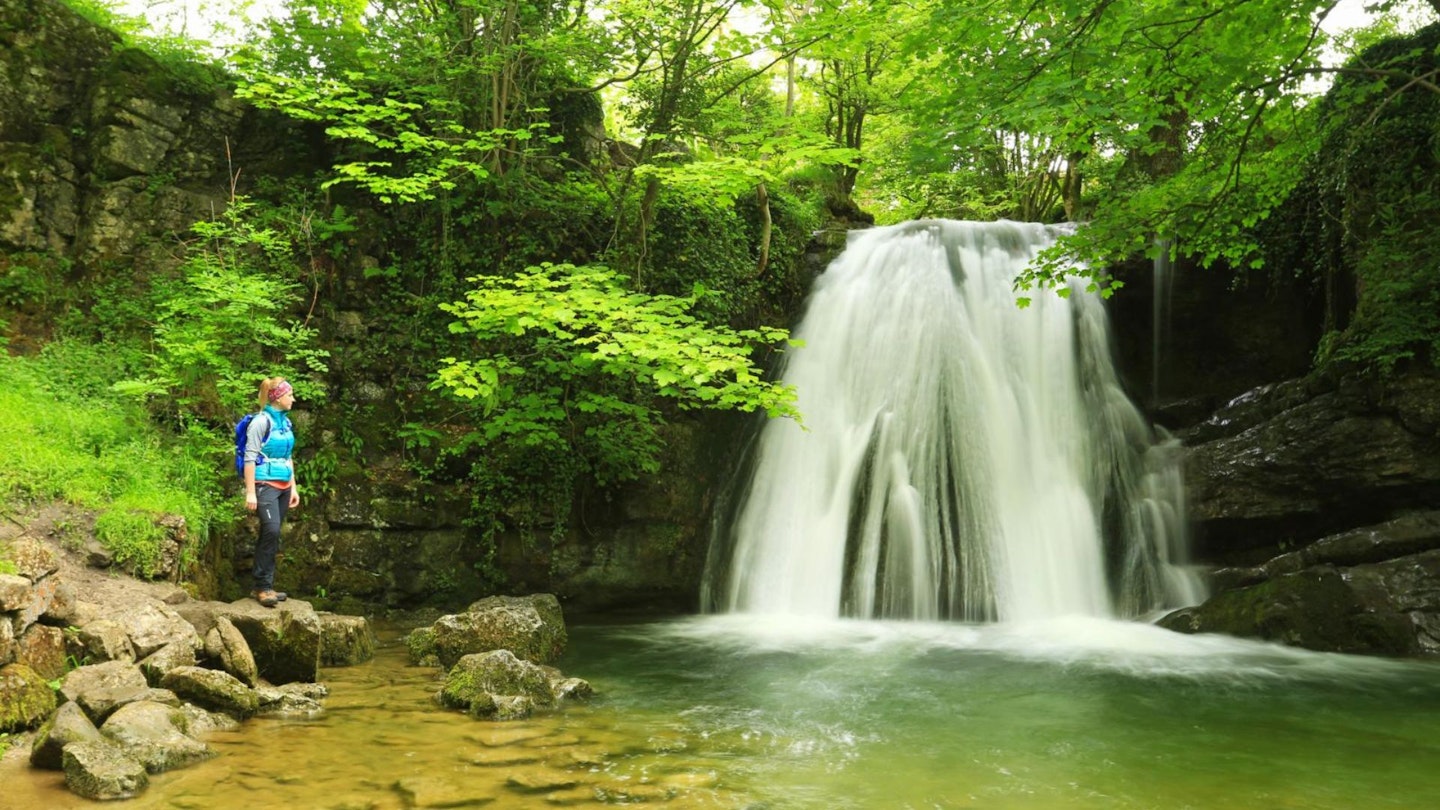
This article first appeared in the Spring 2024 issue of Trail. For more articles like this, subscribe to the UK's best-selling hiking magazine HERE
